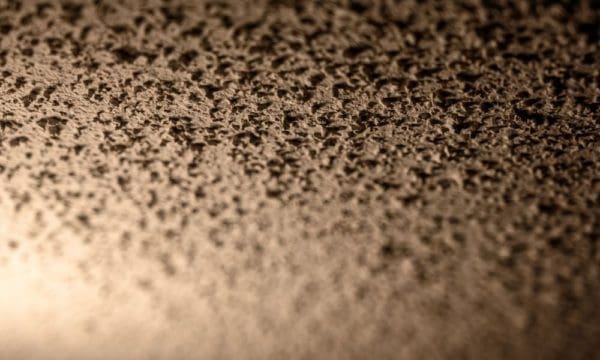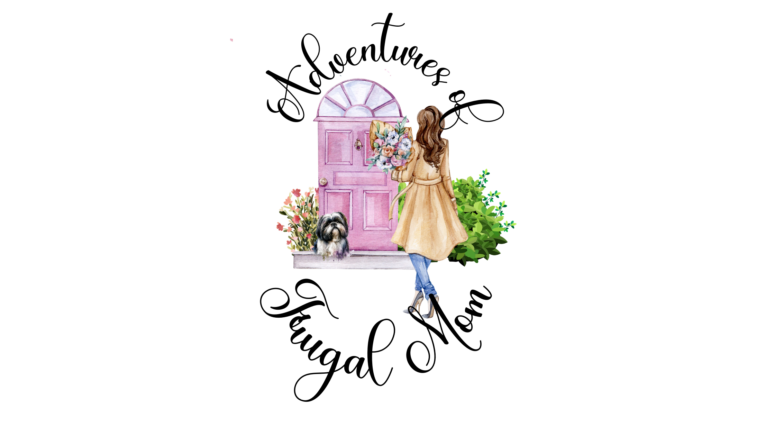Different Types of Ceiling Textures To Know About

Y’all ever looked up to admire a ceiling only to realize you don’t know what to call it? I found myself in that situation recently—I could describe the texture, but I didn’t know what to call it. Do ceiling textures have names? Well, I went down a bit of a rabbit hole, and here are the different types of ceiling textures to know about that I’ve found.
Smooth
Y’all can probably guess, but this is the typical ceiling texture—the nice, inoffensive, nearly invisible ceiling most people have. There’s not much to say other than that it’s the tried-and-tested go-to for homeowners—a nice flat surface to get the job done.
Popcorn
This is a quirky little ceiling that shows up in a lot of older homes. It gets its name from the bumpy surface that looks like popcorn. This texture even prevents any sound from reaching the floors above. If your home has this type of ceiling and you plan on painting or renovating, tread with caution—there’s a special technique to working with it. Oh, and it might contain asbestos, so look out for that.
Skip Trowel
A skip trowel ceiling has a rough surface that’s spread with a trowel when the material is still wet to give it its texture. I don’t know what I’m missing; this one’s really popular, said to have a Mediterranean look to it. I just think it looks a bit too rough.
Knockdown
This type looks a bit like skip trowel, but it’s more consistent in its texture. It has more areas of flat surface among the rough texture, owing to the fact that builders scrape away portions of the rougher surface to create this contrast.
Orange Peel
This ceiling texture has subtle little bumps and kinda looks like the skin of an orange, hence the name. It’s a good texture if you don’t want the plainness of a smooth ceiling and if the surface of a skip trowel or knockdown ceiling is too rough. Its subtle texture is a nice compromise between the two.
Swirled
A swirled ceiling looks like someone made a series of raised, concentric circles in the plaster while it was still wet. With the use of a swirling tool, y’all can have either full circles or half-circles. It’s not for every room, but it looks lovely in the right home.
And that’s really all the different types of ceiling textures to know about. You can’t go wrong with smooth; be careful with popcorn; and I’ll let you decide on skip trowel!
Similar Posts:
- None Found









